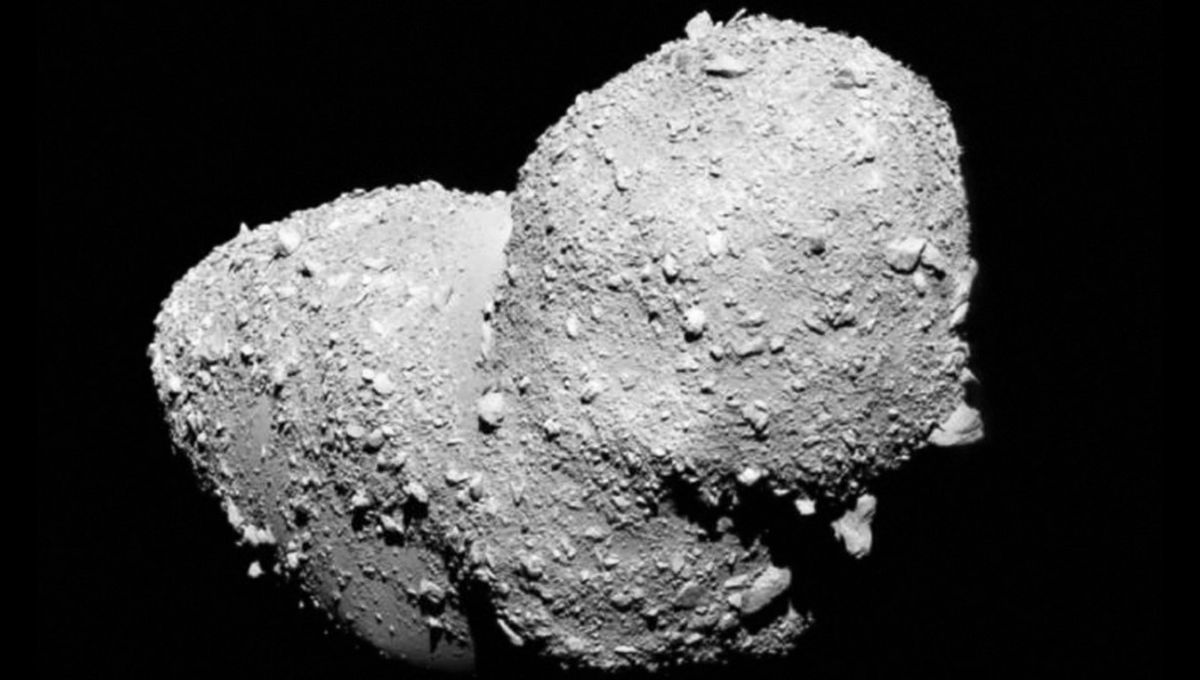
Scientists have discovered salt crystals in samples from asteroid Itokawa, collected by Hayabusa in 2010. The space rock is an S-type asteroid, which as a class has been considered quite dry, with little water alteration in its past. But the presence of salt indicates that they are not as dry as previously thought.
Analysis of the samples suggests that sodium chloride crystals – your regular table salt – must have formed in the presence of water inside the parent body from which Itokawa broke apart. That much larger asteroid had water, hydrogen chloride, and sodium-rich minerals like plagioclase. And it had internal heat from radioactive decay and meteorite impacts, keeping the water liquid.
“Once these ingredients come together to form asteroids, there is a potential for liquid water to form,” Tom Zega, the study’s senior author and a professor of planetary sciences at the University of Arizona Lunar and Planetary Laboratory, said in a statement. “And once you have liquids form, you can think of them as occupying cavities in the asteroid, and potentially do water chemistry.”
The plagioclase found in this sample was enriched with salt crystals, showing how this process alters the minerals that make up the asteroid.
“When we see such alteration veins in terrestrial samples, we know they formed by aqueous alteration, which means it must involve water,” added lead study author Shaofan Che, a postdoctoral fellow also at the Lunar and Planetary Laboratory. “The fact that we see that texture associated with sodium and chlorine is another strong piece of evidence that this happened on the asteroid as water was coursing through this sodium-bearing silicate.”
About 87 percent of all meteorites collected on Earth are from S-type asteroids, and very few have shown the presence of water-bearing minerals. The team was concerned that this might have been a product of contamination, but they were able to exclude it. These salt grains are extraterrestrial.
“The grains look exactly like what you would see if you took table salt at home and placed it under an electron microscope,” explained Zega. “They’re these nice, square crystals. It was funny, too, because we had many spirited group meeting conversations about them, because it was just so unreal.”
The discovery has consequences for the origin of Earth’s water. Comets and carbonaceous chondrite space rocks are water-rich, but they tend to form and live further out in the Solar System. Regular chondrites, the S-type, are more commonly found in the inner Solar System, where they could more easily come slapping down onto Earth. If these S-types were wetter, they could have been an important contributor to water reaching our planet.
The study is published in Nature Astronomy.
Source Link: Tiny Salt Crystals In An Asteroid Hint At The Origin Of Water On Earth